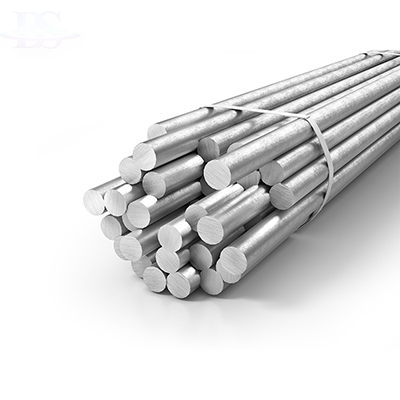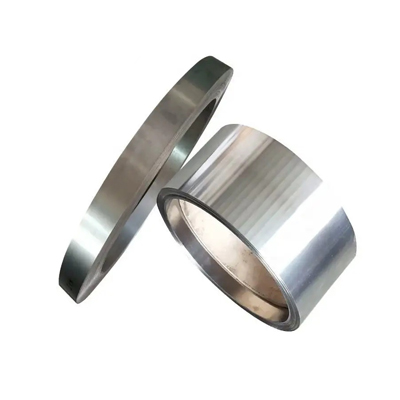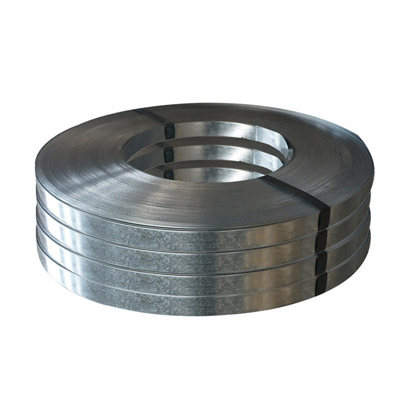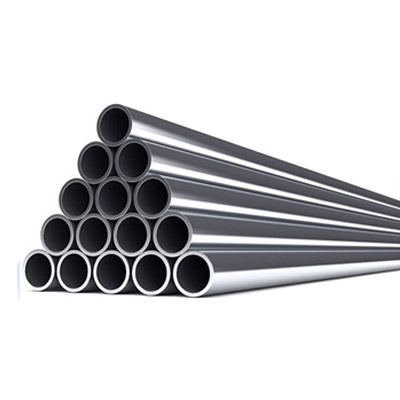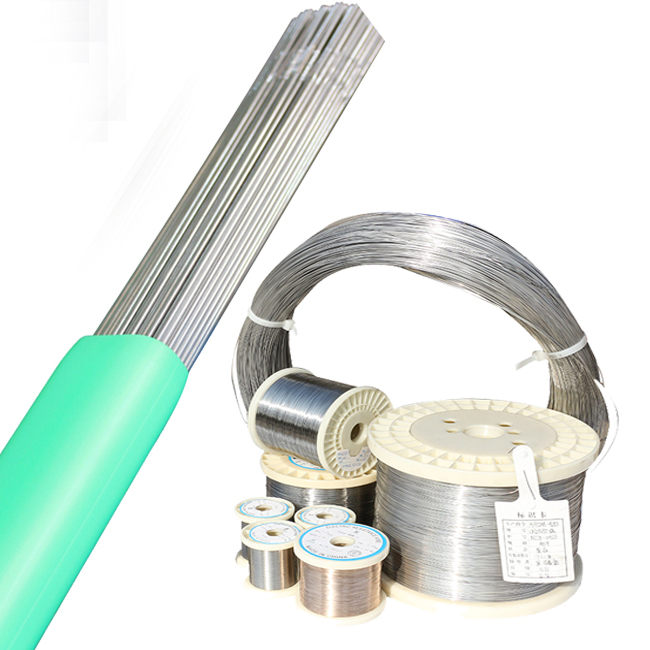Super Invar 32-5/4J32/K93500/Super Invar Tube Bar Rod Sheet
Overview
4J32 alloy, also known as super-tile (Super-Invar) alloy. In the temperature range of -60 ~ 80 ℃, the expansion coefficient is lower than that of 4J36 alloy, but the stability of low temperature is worse than that of 4J36 alloy.
The alloy is mainly used in the manufacture of precision instrumentation parts requiring high dimensional dimensions within the range of ambient temperature changes. Alloy 1.5 according to the provisions of the heat treatment system, and then by -60 ℃ cold speed 2h, should not appear martensite. However, when the alloy composition is not properly, at different temperatures of the austenite (γ) to the needle-like martensite (α) at room temperature or low temperature, the phase change is accompanied by the volume expansion effect.
The expansion coefficient of the alloy increases accordingly. The main factors that affect the stability of the alloy at low temperature are the chemical composition of the alloy. It can be seen from the Fe-Ni-Co ternary phase diagram that nickel is the main element of the stable γ phase. The high nickel content favors the stability of the γ phase.
Copper is also an important element of stable alloying. With the total deformation rate of the alloy increases, the organization tends to be more stable. Segregation of alloy components may also cause γ → α phase transformation in local regions. In addition, grain thickness will also promote γ → α phase transition
Limiting Chemical Composition, %
Iron.............................................................................................................................................Balance.
Nickel....................................................................................................................................31.50-33.00
Cobalt.......................................................................................................................................3.20-4.20
Copper......................................................................................................................................0.40-0.80
Manganese.......................................................................................................................0.20-0.60 max.
Silicon........................................................................................................................................0.02 max.
Sulfur.........................................................................................................................................0.02 max.
Phosphorus................................................................................................................................0.02 max.
Carbon.......................................................................................................................................0.05 max.
Physical Constants
Density |
lb/in^3............................................................0.292 |
g/cm^3.............................................................8.10 | |
Melting Range |
°F ..........................................................2606-2642 |
°C ..........................................................1430-1450 | |
Curie Temperature |
°C......................................................................220 |
Electrical Resistivity |
µΩ•cm.............................................................0.77 |
Thermal conductivity |
W/(m·°C)..........................................................13.9 |
Mechanical properties
Alloy state |
Tensile strength(σb/MPa) |
Yield strength(σP0.2/MPa) |
Elongation δ/% |
Solid solution |
≥470 |
≥302 |
≥44 |
Corrosion Resistance
The main components of 4J36 alloy include nickel, iron and a small amount of chromium. The nickel content is more than 35%, giving the alloy excellent corrosion resistance and oxidation resistance. The iron content is close to 64%, giving the alloy excellent magnetic properties and high strength. The chromium content is about 2%, so that the alloy has good heat resistance and wear resistance. In addition, although the content of carbon is very small, less than 0.1%, it also has an important impact on the mechanical properties and corrosion resistance of the alloy. This alloy has good corrosion resistance in dry air at room temperature, but in humid air or other harsh environments, the possibility of corrosion (rust) will increase.
Heat treatment
Solution treatment: At a temperature of about 850 to 900°C, the alloy is heated to full solution and then rapidly cooled. This treatment can improve the uniformity of the alloy, reduce the carbide precipitation at the grain boundary, and improve the stability of the thermal expansion coefficient of the alloy.
Cooling treatment: After solution treatment, the alloy is cooled rapidly to a low temperature, usually in liquid nitrogen. This treatment can further stabilize the thermal expansion coefficient of the alloy and reduce the change of thermal expansion.
In addition to the above two basic heat treatment methods, the heat treatment of 4J36 alloy also includes the following annealing treatment:
Stress relief annealing: mainly used to eliminate the residual stress of parts after machining. The treatment condition is held at 530 ~ 550℃ for 1 ~ 2 hours, and then the furnace is cooled.
Intermediate annealing: The purpose is to eliminate the alloy in the process of cold rolling, cold drawing, cold stamping caused by the work hardening phenomenon, in order to facilitate continued processing. The workpiece should be heated to 830 ~ 880℃, held for 30 minutes, furnace cooling or air cooling.
Stabilization treatment: In order to obtain a stable alloy with a low coefficient of expansion. This treatment usually consists of three stages: homogenization, tempering, and stabilizing aging.
In addition, 4J36 alloys cannot be hardened by heat treatment. During the heat treatment process, the change of alloy composition caused by welding should be avoided, so it is best to use argon arc welding, and the filler metal of welding is best to contain 0.5% to 1.5% titanium to reduce the porosity and cracks of welding.
In addition, 4J36 alloys cannot be hardened by heat treatment. During the heat treatment process, the change of alloy composition caused by welding should be avoided, so it is best to use argon arc welding, and the filler metal of welding is best to contain 0.5% to 1.5% titanium to reduce the porosity and cracks of welding.
Available Forms
We provide you with a variety of product forms, including but not limited to
● Bar & Rod
● Pipe &Tube
● Coil & Strip
● Plate & Sheet/Circle
● Wire & Welding
● Fitting (Flange, Bolts ,Elbow, Tee...)
● Customize



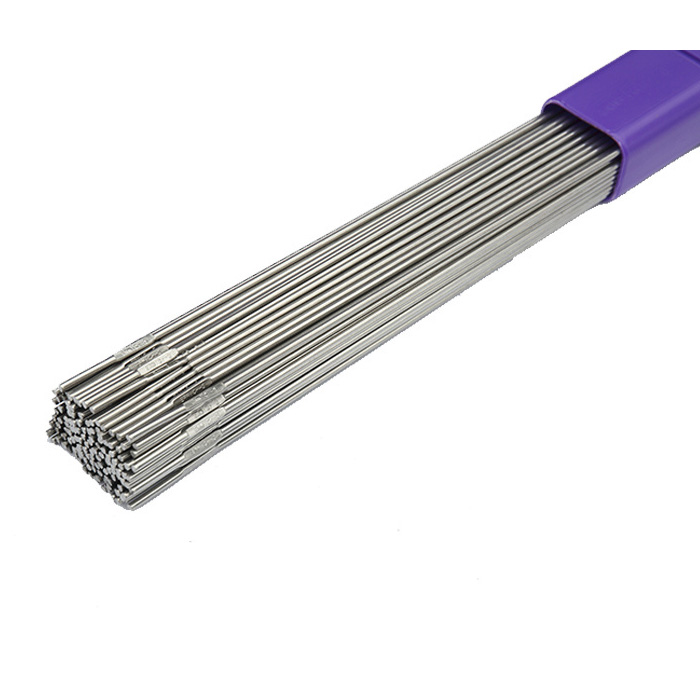 Inconel 625
Inconel 625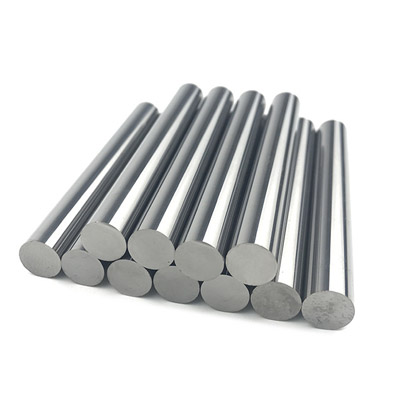 Inconel 718
Inconel 718 Inconel 725
Inconel 725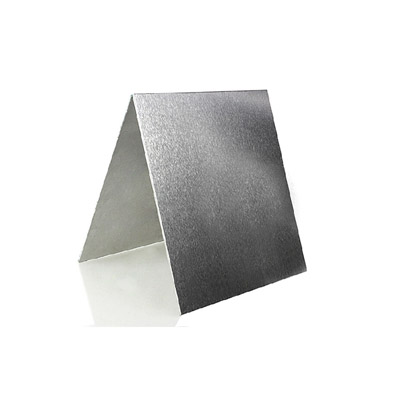 Inconel X-750
Inconel X-750 Inconel 690
Inconel 690 Inconel 617
Inconel 617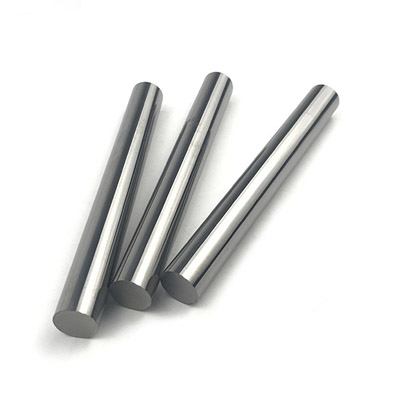 Inconel 601
Inconel 601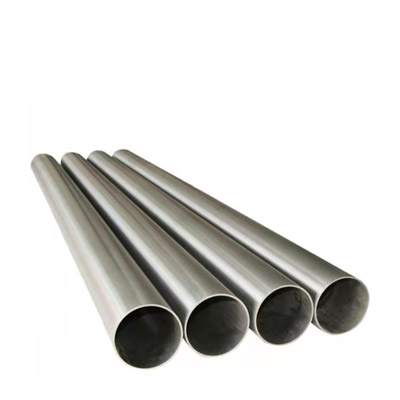 Inconel 600
Inconel 600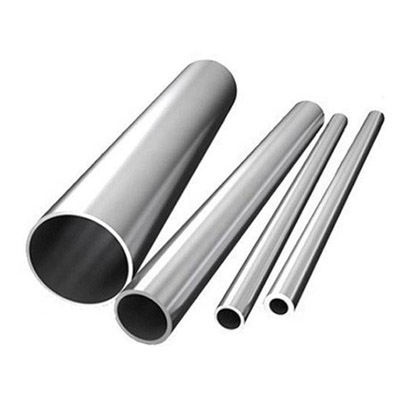 Inconel 686
Inconel 686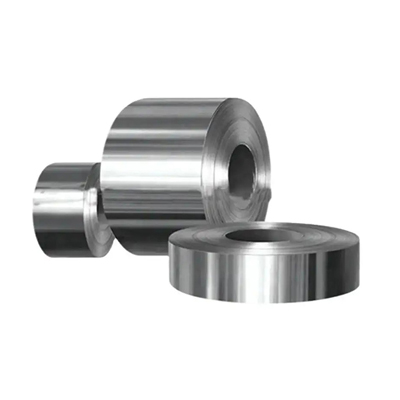 Inconel 602CA
Inconel 602CA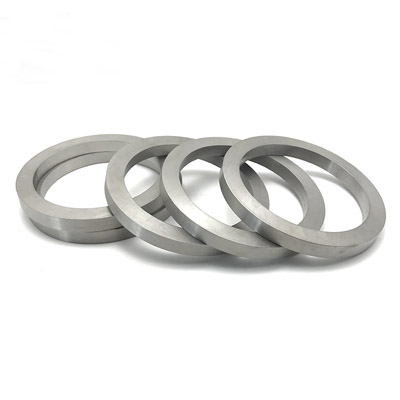 Incoloy A-286
Incoloy A-286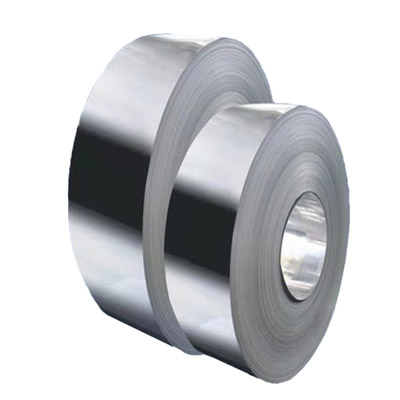 Incoloy 825
Incoloy 825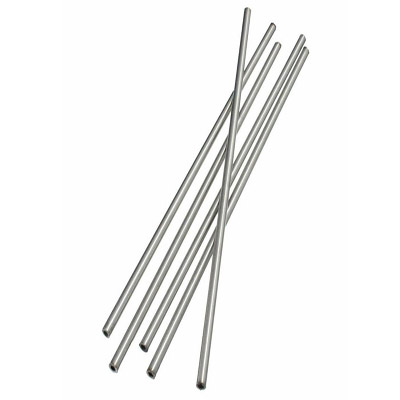 Incoloy 925
Incoloy 925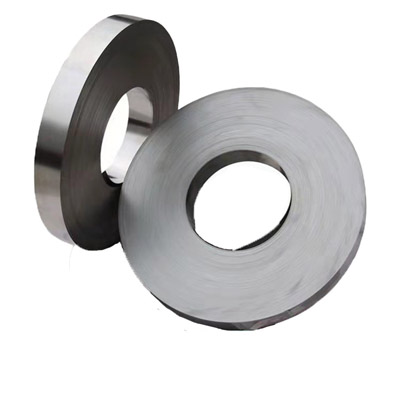 Incoloy 926
Incoloy 926 Incoloy 800
Incoloy 800 Incoloy 800H
Incoloy 800H Incoloy 800HT
Incoloy 800HT Incoloy 909
Incoloy 909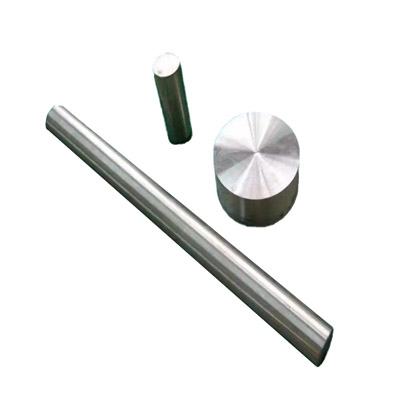 Incoloy 31
Incoloy 31 Incoloy 901
Incoloy 901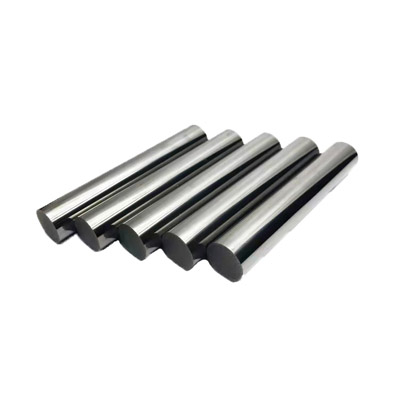 Monel K-500
Monel K-500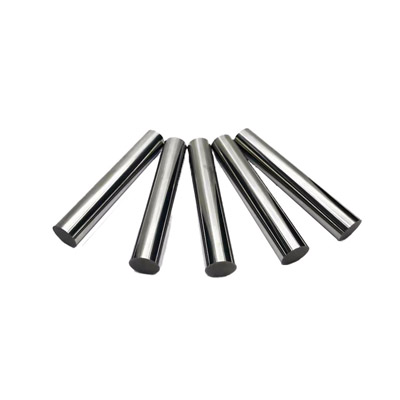 Monel 400
Monel 400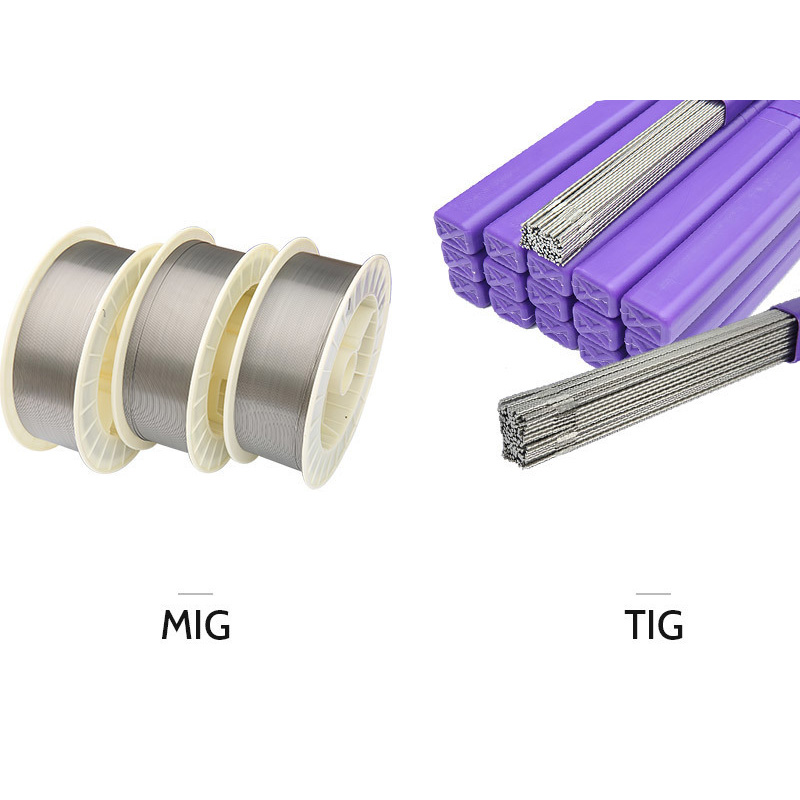 Nimonic 263
Nimonic 263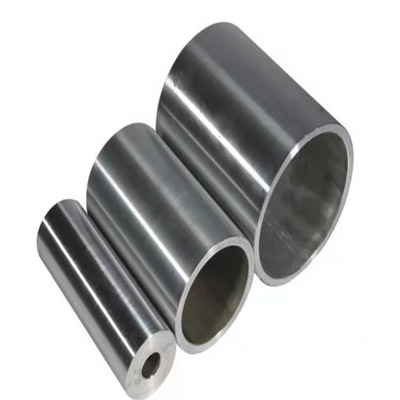 Nimonic 75
Nimonic 75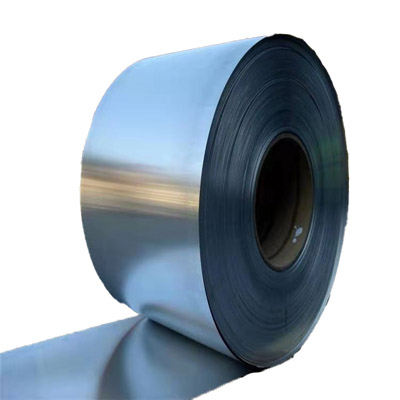 Nimonic 80A
Nimonic 80A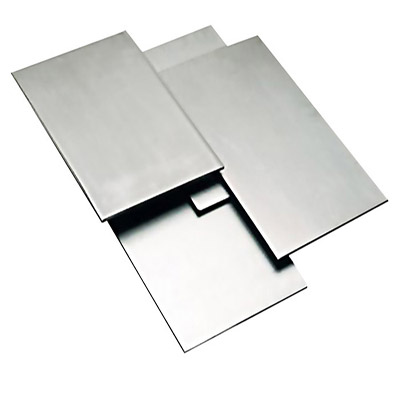 Nimonic 90
Nimonic 90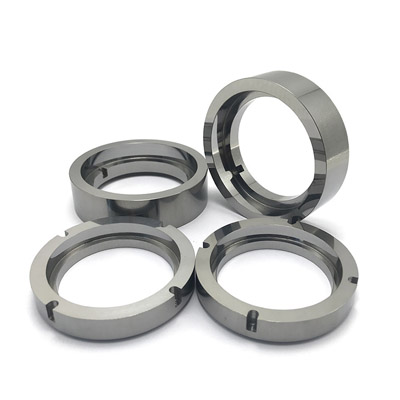 Nimonic PE11
Nimonic PE11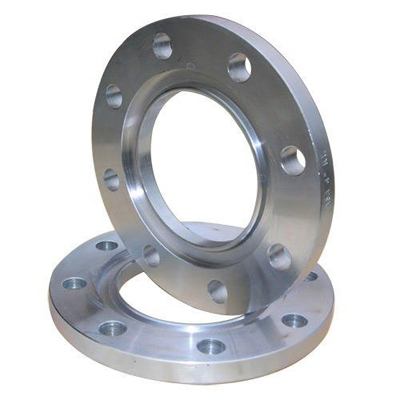 Nimonic PE16
Nimonic PE16 Nimonic PK33
Nimonic PK33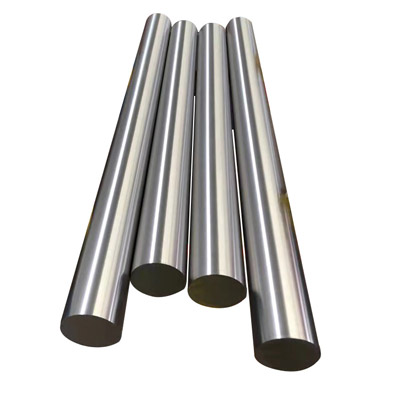 Nimonic 901
Nimonic 901 Nimonic 81
Nimonic 81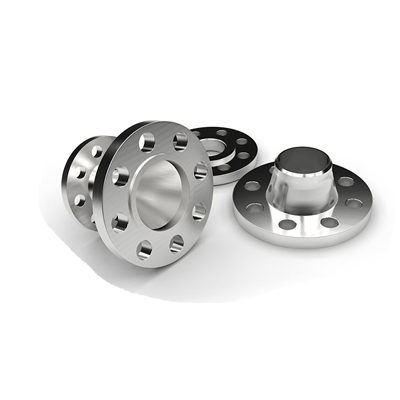 Nimonic 86
Nimonic 86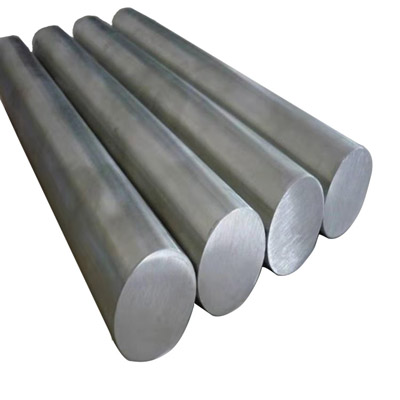 Nimonic 105
Nimonic 105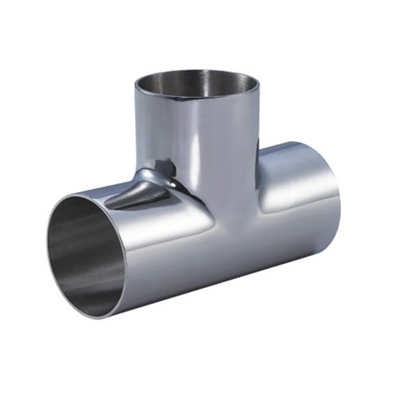 Nimonic 115
Nimonic 115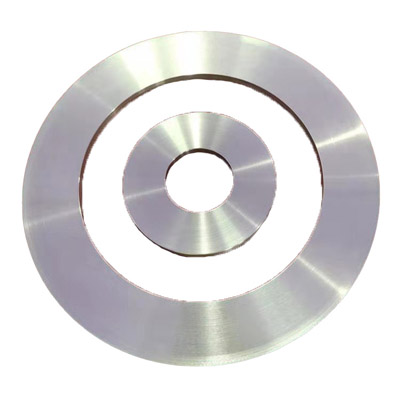 Hastelloy C-276
Hastelloy C-276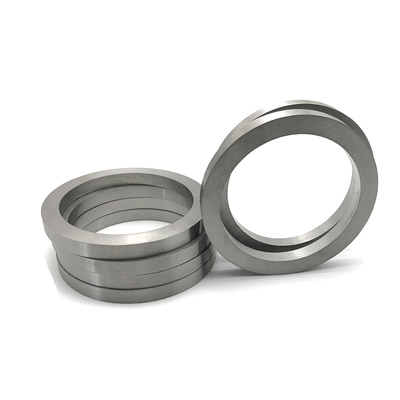 Hastelloy C
Hastelloy C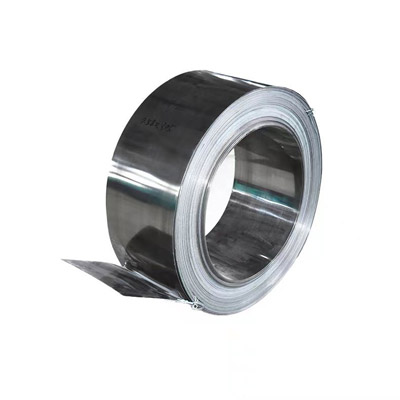 Hastelloy C4
Hastelloy C4 Hastelloy C-22
Hastelloy C-22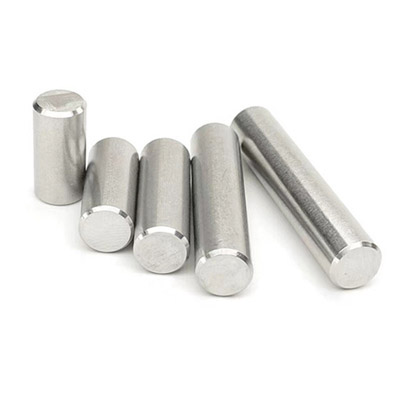 Hastelloy C-2000
Hastelloy C-2000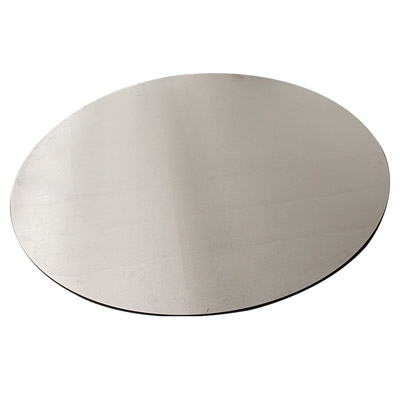 Hastelloy B-2
Hastelloy B-2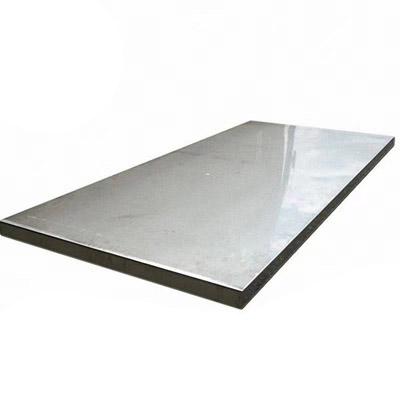 Hastelloy B-3
Hastelloy B-3 Hastelloy G30
Hastelloy G30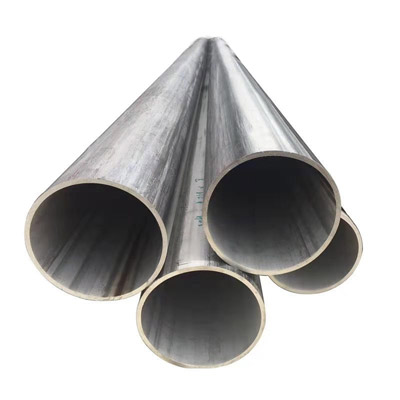 Hastelloy X
Hastelloy X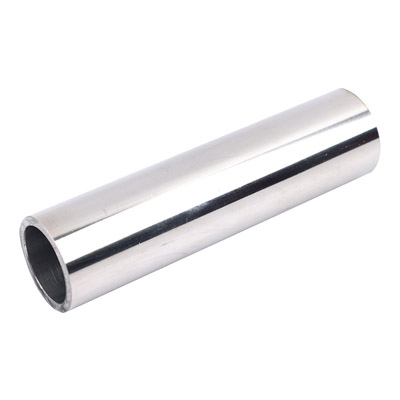 Super Invar 32-5(4J32)
Super Invar 32-5(4J32)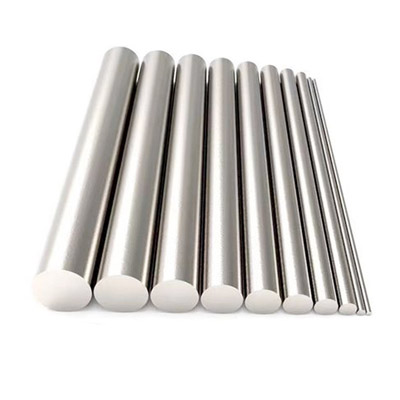 Alloy 36(4J36)
Alloy 36(4J36)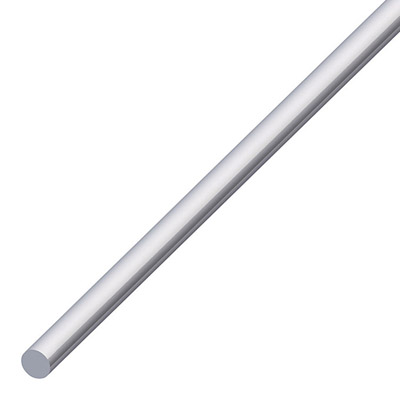 Alloy 42(4J42)
Alloy 42(4J42) Alloy 50(1J50)
Alloy 50(1J50) Hiperco 50(1J22)
Hiperco 50(1J22)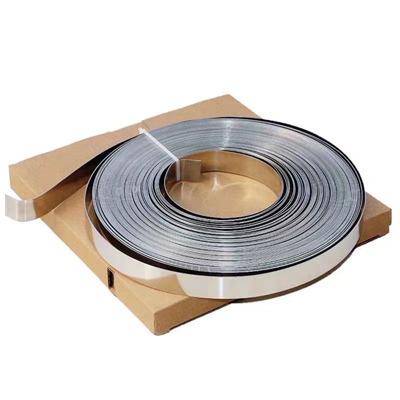 Alloy 46
Alloy 46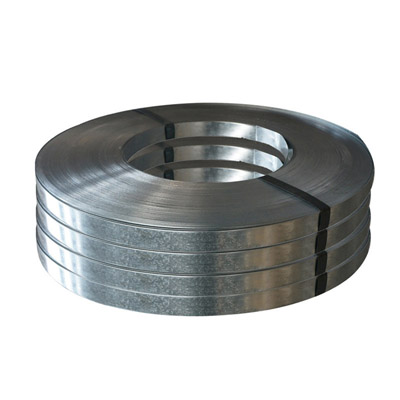 Permalloy (1J79)
Permalloy (1J79) Supermalloy(1J85)
Supermalloy(1J85)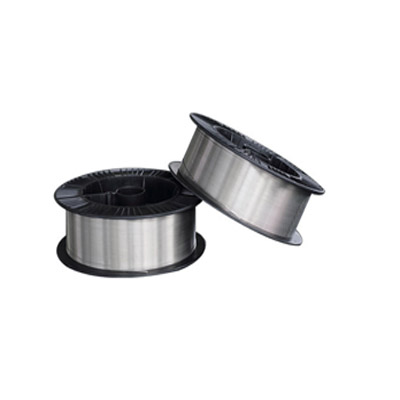 ERNiCrMo-2
ERNiCrMo-2 ERNiCrMo-3
ERNiCrMo-3 ERNiCrMo-4
ERNiCrMo-4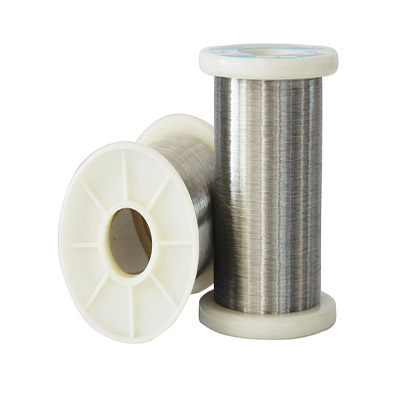 ERNiCrFe-7
ERNiCrFe-7 ERNiCrFe-7A
ERNiCrFe-7A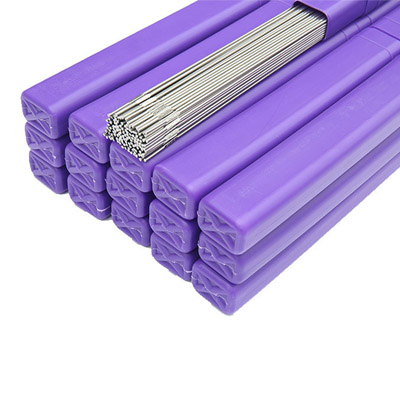 ERNiCrMo-10
ERNiCrMo-10 ERNiCrCoMo-1
ERNiCrCoMo-1 ERNiFeCr-2
ERNiFeCr-2 ERNiFeCr-1
ERNiFeCr-1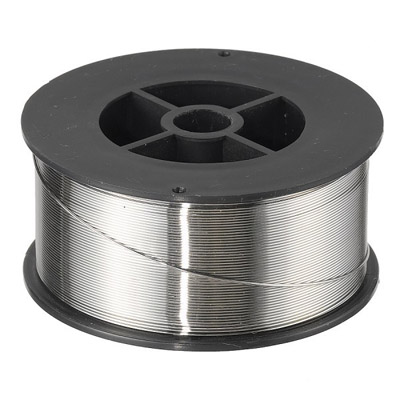 ERNiMo-8
ERNiMo-8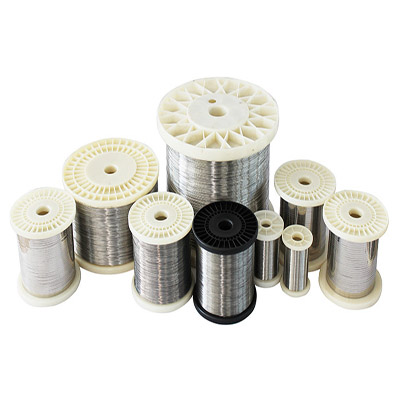 ERNiCrMo-13
ERNiCrMo-13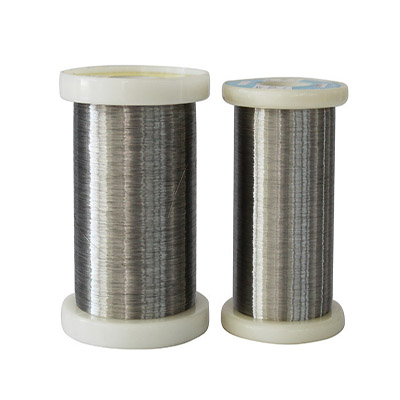 ERNiCr-4
ERNiCr-4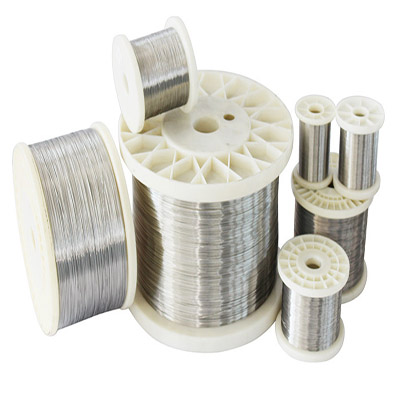 ERNiCr-3
ERNiCr-3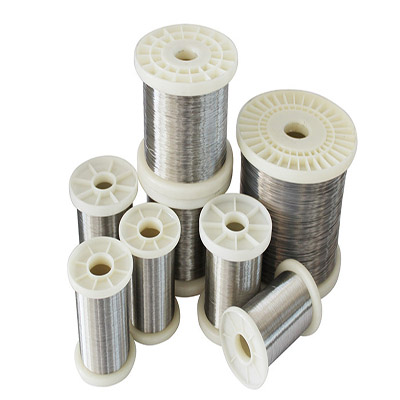 ERNi-1
ERNi-1 Haynes-25
Haynes-25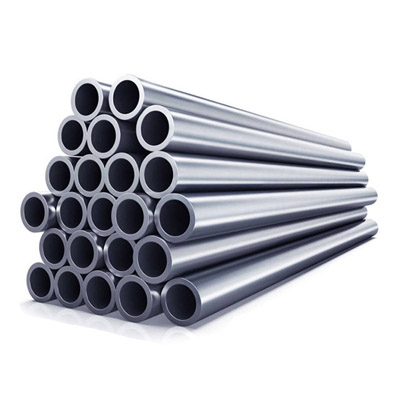 Hayness-188
Hayness-188 MP35N
MP35N Refractory 26
Refractory 26 Waspaloy alloy
Waspaloy alloy 17-4PH
17-4PH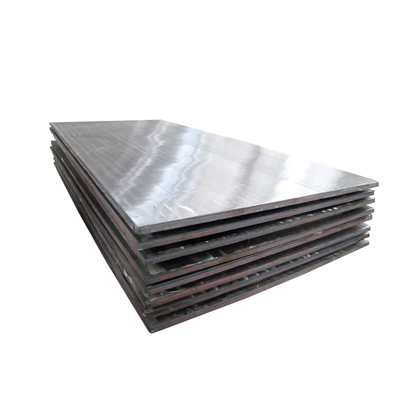 17-7PH
17-7PH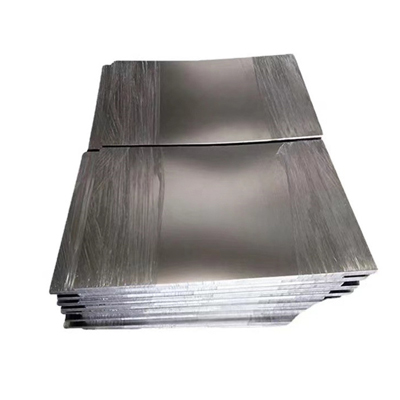 904L
904L Nitronic 50
Nitronic 50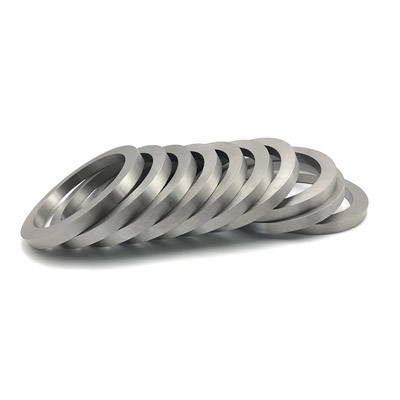 Nitronic 60
Nitronic 60 AL-6XN
AL-6XN F55
F55 PH 13-8
PH 13-8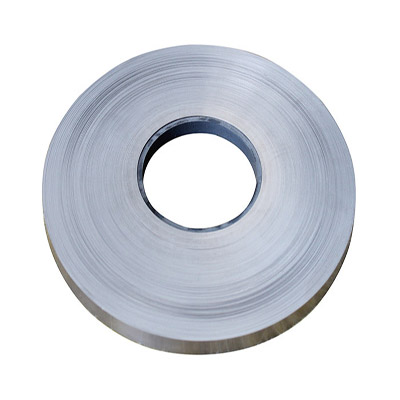 Haynes-230
Haynes-230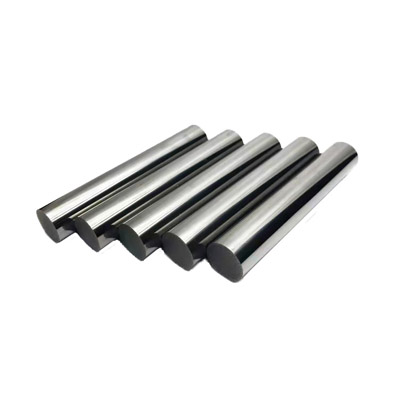 Nickel 200
Nickel 200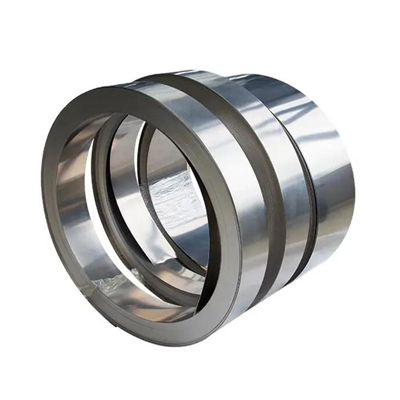 Cr20Ni80
Cr20Ni80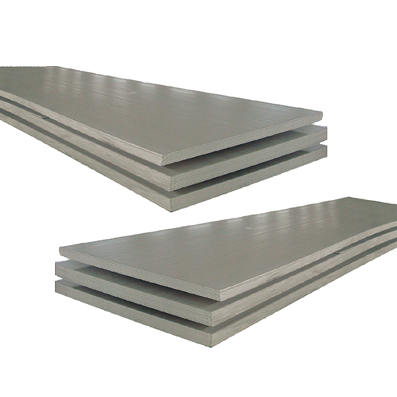 Sheet & Plate
Sheet & Plate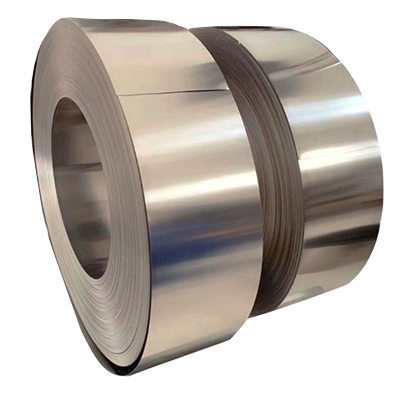 Strip & Foil
Strip & Foil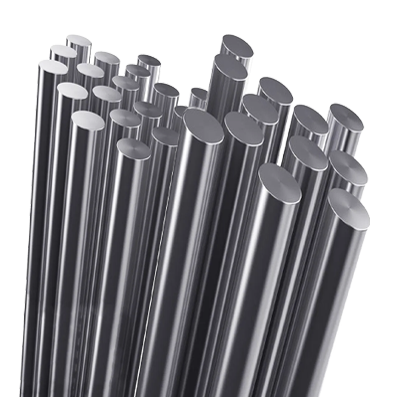 Bar & Rod
Bar & Rod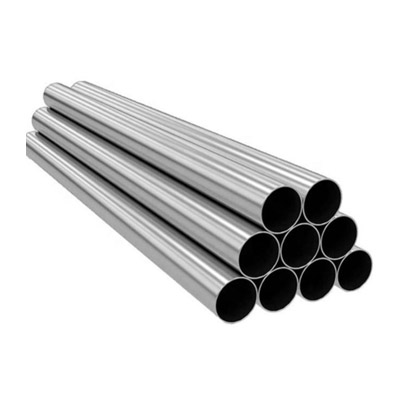 Pipe & Tube
Pipe & Tube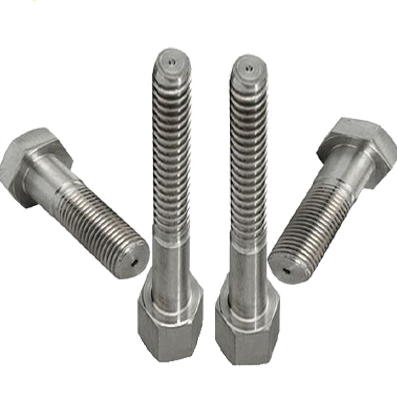 Bolts & Fasteners
Bolts & Fasteners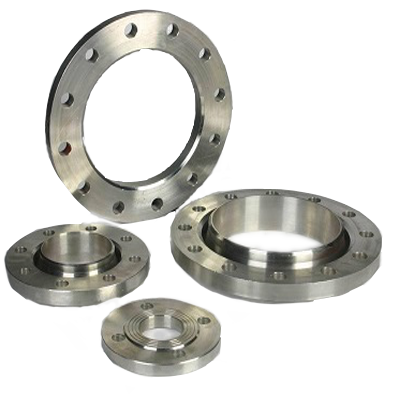 Flange & Ring
Flange & Ring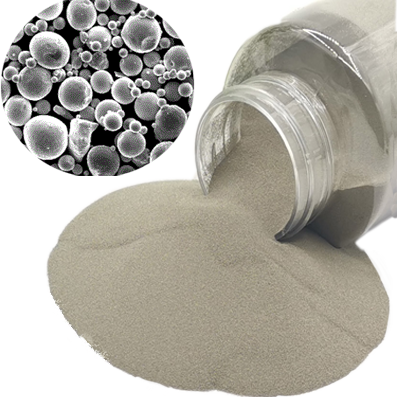 Nickel Alloy Powder
Nickel Alloy Powder

